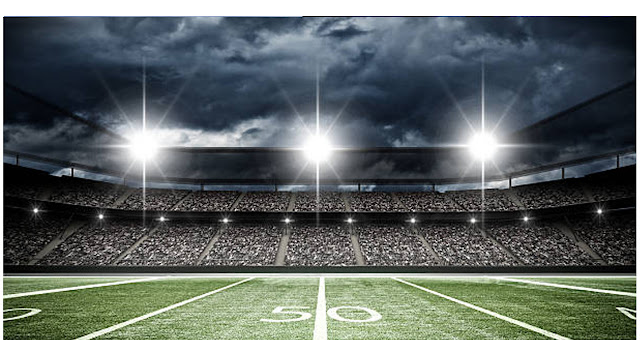Designed to illuminate a widespread area and ensure safety in the night hours, LED flood lights come with exceptional ability to deliver brightness to the remote corners of the given area. One can also install motion sensors to the light fixtures to detect unruly movements by intruders in the night hours.
Traditional light fixtures like high-pressure sodium (HPS) and metal halides operate for 15,000 to 20,000 hours; LED flood lights can work for more than 50,000 hours and require low power consumption. In addition, LED flood lights and security lights with smart controls (motion sensors, mobile alerts) are versatile and easy to operate.
Tip: If you have any questions or queries regarding installing the fixture or wiring related, please contact a licensed professional before progressing. Check all functional details in the instructions manual.
Switch off the power
- Before proceeding with the installation process of the LED flood lights, turn off the power of the installation area and double-check.
- Test the appropriate wires with a voltage tester for power outsource.
- First, remove the existing lights with proper safety measures and install the LED flood lights with sensors.
- Carefully unscrew the existing bulbs from the fixture.
- Then, unscrew the fixture from the wall plate and gently remove it.
- Use the voltage tester again to the exposed wire set and test for power connection.
- Begin the installation of the new set of LED flood lights (sensors optional) and attach the mounting strap.
- Once you attach the mounting strap, you should access the wires and start the wiring process.
- Match the light fixture wires to the home wires, attach them with electric tapes, and wire the connectors.
- Check the wires are connected and secure, screw the light fixture with the mounting strap, and then install the bulbs inside the fixture.
- Keep moisture and dust out of the LED flood light junction box by sealing the perimeter.
- Use a caulking gun and seal around the wall plate where it attaches to the wall.
- When the new LED flood lights have been installed, check that the fixtures are working correctly.
- Turn the power back on. In case the fixtures don’t switch on, switch off the power and start again.
- When the LED flood lights are fully functional, angle the fixtures where you want them to distribute brightness.
- Once the primary function is done, start installing additional components like sensors, timers, etc.


Comments
Post a Comment